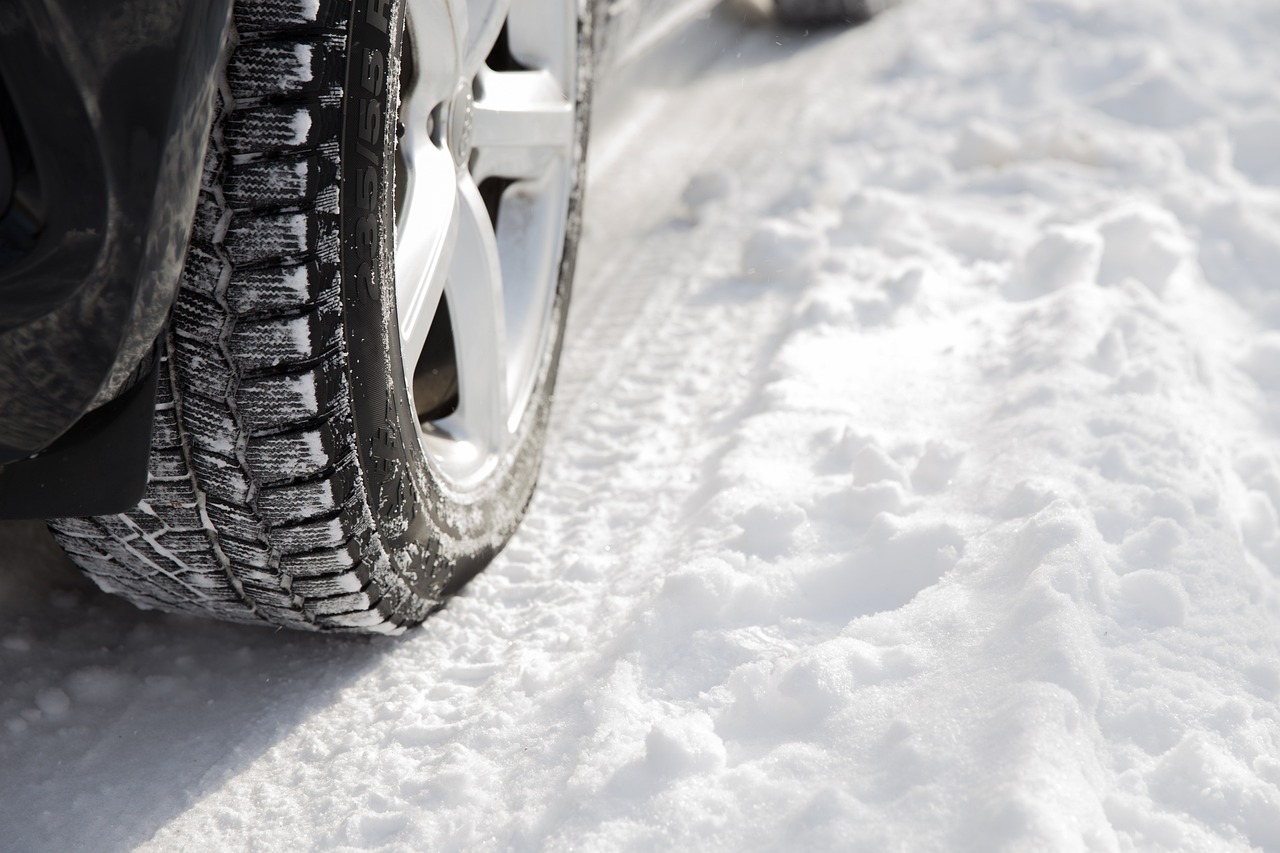WELLINGTON COUNTY – As temperatures begin to cool and the inevitable winter looms ahead, vehicle owners are asking themselves the same question as last year, “Do I really need winter tires?” The short answer – yes.
Think of a vehicle’s tires the same as a person’s shoes, just as you wouldn’t wear sandals in January, your car probably shouldn’t sport its summer footwear either.
According to a survey conducted by the Tire and Rubber Association of Canada (TRAC), as of 2023, 81 per cent of drivers said that their winter tires had saved them from being involved in a dangerous driving situation such as loss of control or a collision.
“Once the temperature starts cooling off, it’s a good idea to change them,” says Rob Bowman, owner of OK Tire in Elmira. “You want to have them on when you need them.”
Winter tires are typically softer with deeper tread, which allows for additional traction on ice and snow, Bowman told the Advertiser. Winter tires are designed to withstand the cold temperatures and are designed to be more malleable than summer or all-season tires.
The 2023 TRAC survey also showed that one of the top reasons for not owning winter tires in Canada – excluding Quebec – is all-season tires. Nearly 61 per cent of Canadians and 57 per cent of Ontarians, believe that their all-season tires are good enough for the winter months.
While all-season tires are certainly better than summer tires, they do not have the three peaked mountain snowflake symbol (also referred to as the Alpine symbol). This symbol signifies that the tires meet the necessary traction performance requirements for the Canadian winter months.
The testing of Winter tires is more rigorous than other tire types, and winter tires marked with the 3PMS symbol must follow a specific test method on medium-packed snow in standardized testing conditions. Only winter tires with advanced designs, treads, and rubber compounds can pass this performance-based test.
Additionally, in 2022, the tire industry introduced an Ice Grip Symbol which indicates the tire has passed a specific test method for ice surfaces, according to the standard established by the International Organization for Standardization (ISO). A winter tire that meets snow and ice grip performance minimum levels will have this symbol as well as the 3PMS symbol marked on the tire.
Another reason Canadian drivers are ditching their winter tires is the rising cost of living. According to TRAC, 31 per cent of Canadian drivers said they couldn’t afford winter tires in 2023.
Bowman encourages those struggling to afford new tires to consider purchasing used tires instead. Used tires in good condition can be just as good as new winter tires.
“One of the obvious things to look for is if there is enough tread on the tires,” Bowman told the Advertiser. “You also want to make sure there is no cracking in the treads or in the tire itself, once there’s cracking it jeopardizes the structure of the tire.”
However, while buying used tires can be a good option when low on cash, Bowman warns that after a tire has been used for many years the rubber becomes hard and the tread wears down.
If you are unsure if you need to replace your winter tires or need help in replacing your tires, you should contact a local tire shop or mechanic.
“The first and last snowfall are typically the worst, says Bowman, “and you will want to be ready when that happens.”




